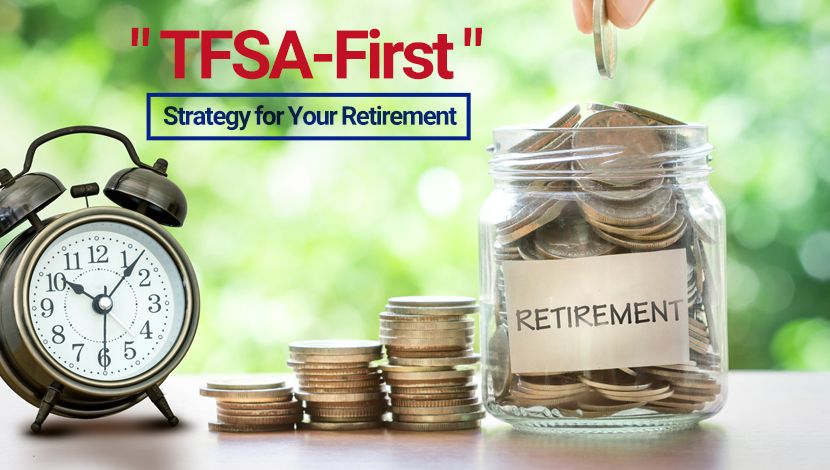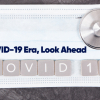"TFSA-First " Strategy for Your Retirement.
- 1896 reads

TFSA: A powerful Investment tool
The more we get to know TFSAs, the more they demand attention as a vehicle for retirement saving.
Tax-free savings accounts were introduced in 2009, which means we're still learning how to make the best use of them through a lifetime. Certainly, TFSAs have emerged as a great tool for investing and saving, but there's an emerging view that they are also excellent as a primary way to save for retirement. Even better than RRSPs.
When you invest in a TFSA, you will never be taxed on the growth you earn or on a withdrawal. Canadians who are at least 18 years old earn new contribution room every year, and that contribution room is cumulative. That means you can make extra deposits if you haven’t contributed the maximum amount in previous years. If you do make a withdrawal, your contribution room is regained the following year. This makes a TFSA one of the most flexible savings vehicles available.
Many Canadians underestimate the earning potential of a TFSA and use it for modest short-term savings goals. Often people are unaware of the variety of investment options, and are surprised to find that a TFSA can be much more than just a low-interest savings account. TFSAs can hold term investments, segregated funds, mutual funds and individual securities such as stocks and bonds.
Tax-free income in retirement
A TFSA also provides tax-free income. If you will be receiving income from a pension plan or Registered Retirement Savings Plan (RRSP) in retirement, an alternate source of tax-free income is beneficial as it allows you to draw income when you need it – without worrying about how it will impact your taxes.
Some additional benefits are:
- Withdrawals from a TFSA don’t affect your eligibility to receive Old Age Security (OAS), Guaranteed Income Supplement (GIS), goods and services tax (GST) credit, or other income-tested benefits and tax credits.
- Unlike an RRSP, a TFSA doesn’t need to be converted to an income product at age 71.
- Want to avoid those claw backs? Draw retirement income from a TFSA instead of an RRSP
- Your estate will not be burdened with a hefty tax bill after your death, as is often the case with an RRSP.
- Unlike an RRSP, a TFSA doesn’t need to be converted to an income product at age 71.
- If you need access to some of your savings before retirement, you’re able to access it on a tax-free basis, without tax consequences, or repayment requirements.
Ready to start your TFSA journey? Talk to US to find out how a TFSA can help you reach your Retirement goals, way more than a million dollars.
Contact us for a complimentary consultation with NO obligations.







Add new comment